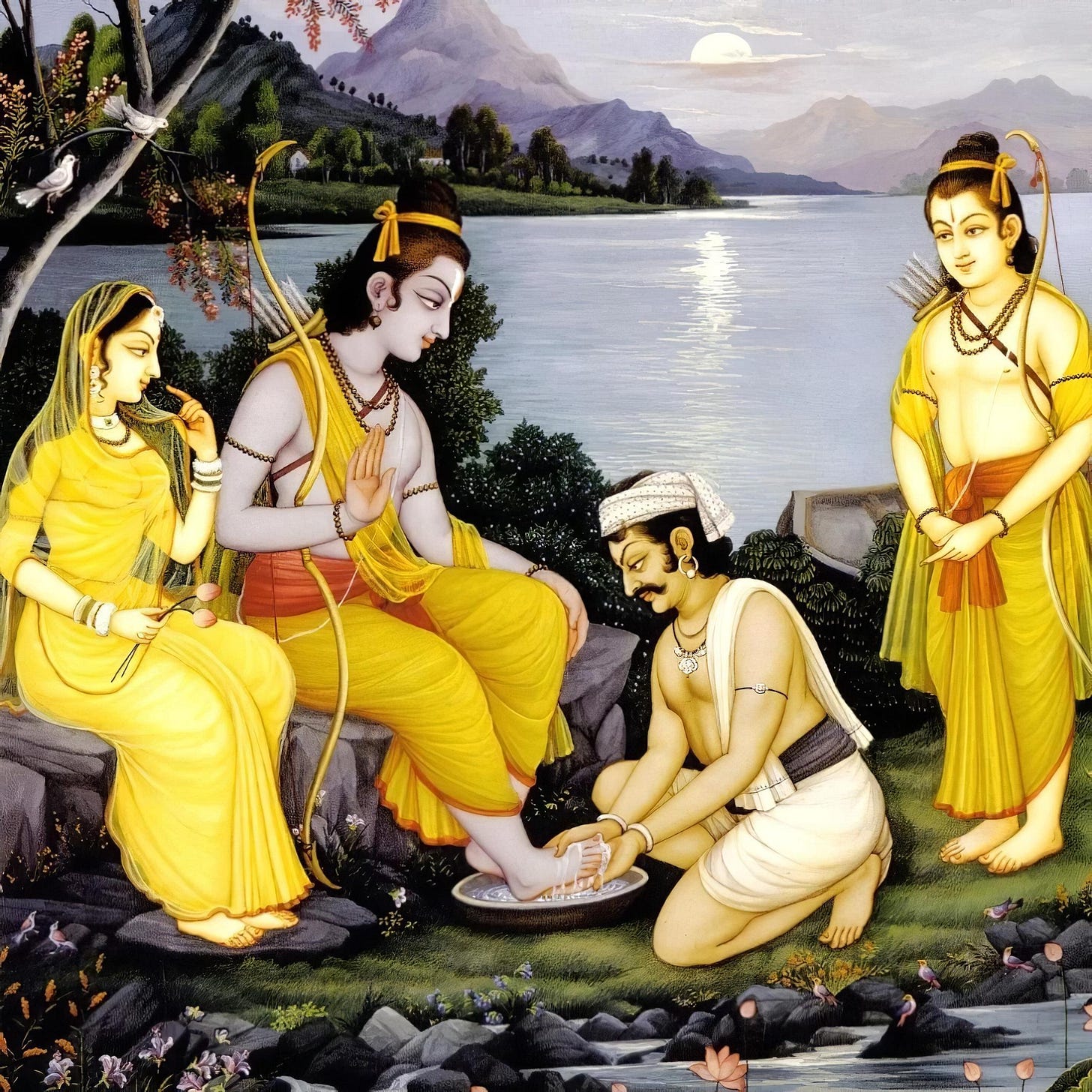Were śūdras in Vedic societies similar to slaves?
On the surface, it could appear that śūdras were in a similar situation to serfs and slaves, but a more careful analysis shows it was quite a different case.
Two days ago, I commented on the serfs, a tragic part of the Russian story. In medieval Russia, serfs were little more than slaves: they would be badly treated, could be bought and sold like animals, and could not leave the land where they were assigned to work. They would be frequently starved, overworked, and brutalized.
To make things worse, serfdom was hereditary: being a serf of a certain master meant that your children, grandchildren, and so on would have a similar fate, forced to work their entire lives without ever leaving the tract of land they were bound to. Even if the land was sold or transferred to another landlord, all the serfs would go with it, just like the trees and the houses.
Certainly, there were also slaves in other parts of the world, but in Russia, serfs were the majority of the population. Serfdom also existed in other parts of medieval Europe in different forms, often just as tragic.
One could then raise the question of the śūdras in Vedic culture. On the surface, it could appear that śūdras were in a similar situation, but a more careful analysis shows it was quite a different case.
First of all, it’s important to make the distinction between the Varnāśrama system followed in the Vedic period and the caste system of medieval India. The caste system is a deviation from the original system and is profoundly adharmic. It goes directly against what Krsna says in the Bhagavad-Gita (catur-varnyam maya srstam guna-karma-vibhagasah) and the true spirit of Vedic culture. The original system is based on one’s nature and qualification, while the caste system is based on hereditary privileges.
When we consider the original Vedic culture, we can see that the situation of the śūdras was radically different from the serfs in medieval Russia.
First of all, in Vedic culture, the other classes would have a dharmic duty to properly take care of their servants, supplying them with proper houses, clothes, food, and other necessities, as well as treating them with dignity and even helping with the marriage of their children and other family responsibilities. If a servant was lacking something, he would just go and ask, and it was the duty of the master to supply any reasonable necessity. Even if in financial difficulties, one would care for his servants as best as possible. In this sense, servants were more or less like part of the family. Srila Prabhupada comments that even recently, in the past century, this system was still current in India in higher-class families.
A second point is that although bound by moral duty, there was no law preventing a servant from leaving his master. He was free to go away if he wanted. Servants would have rights, and these rights would be enforced by the king if needed.
In many senses, the position of a śūdras in Vedic culture was better than the position of a paid worker in our times. Nowadays, workers are given an insufficient salary, and there is no responsibility on the part of the employer beyond that. If he loses his home due to some natural disaster, or if his child becomes sick, it’s his problem. In richer countries, there are some social structures in place, like free healthcare and social assistance, but in poorer countries, workers are on their own.
Another problem with the modern system is that the workers don’t receive any kind of moral or spiritual protection. They are not given proper education or good examples, and therefore, they frequently misuse the money, using it not only for alcohol and cigarettes but also for illegal drugs and prostitution, which in turn fuels the criminal system. Since the salaries are, in most cases, insufficient to begin with, the misuse of the money further exacerbates the problem, forcing many of the workers, as well as their families, into very difficult lives.
In Vedic society, on the other hand, the śūdras would receive proper education, as well as a proper example and protection from the higher classes. Because there was not much free money to be misused, alcohol, drugs, and prostitution were not a big problem like it is today.
The third point is that in true varnāśrama, there is social mobility since the classes were based on nature and qualification and not on birth. A śūdra could become a brāhmana, a kṣatriya, or a vaiśya if he would show the necessary qualification. In the same way, a son of a member of the higher classes would not be accepted as such if he did not show the proper qualifications. The unqualified son of a brāhmana, for example, would be called a brahma-bandhu (a relative of a brāhmana) and not a brāhmana.
Taking everything together, we can see that śūdras were similar to modern workers in essence but better in practice. One who would have initiative and higher qualification would find his occupation in one of the higher varnas, while others who lacked special qualification and would be happy to work for someone in exchange for maintenance would work as śūdras. The main difference is that śūdras would be better treated and receive a much higher degree of protection than modern workers.
You can also donate using Buy Me a Coffee, PayPal, Wise, Revolut, or bank transfers. There is a separate page with all the links. This helps me enormously to have time to write instead of doing other things to make a living. Thanks!



Thank you for another great analysis prabhu.